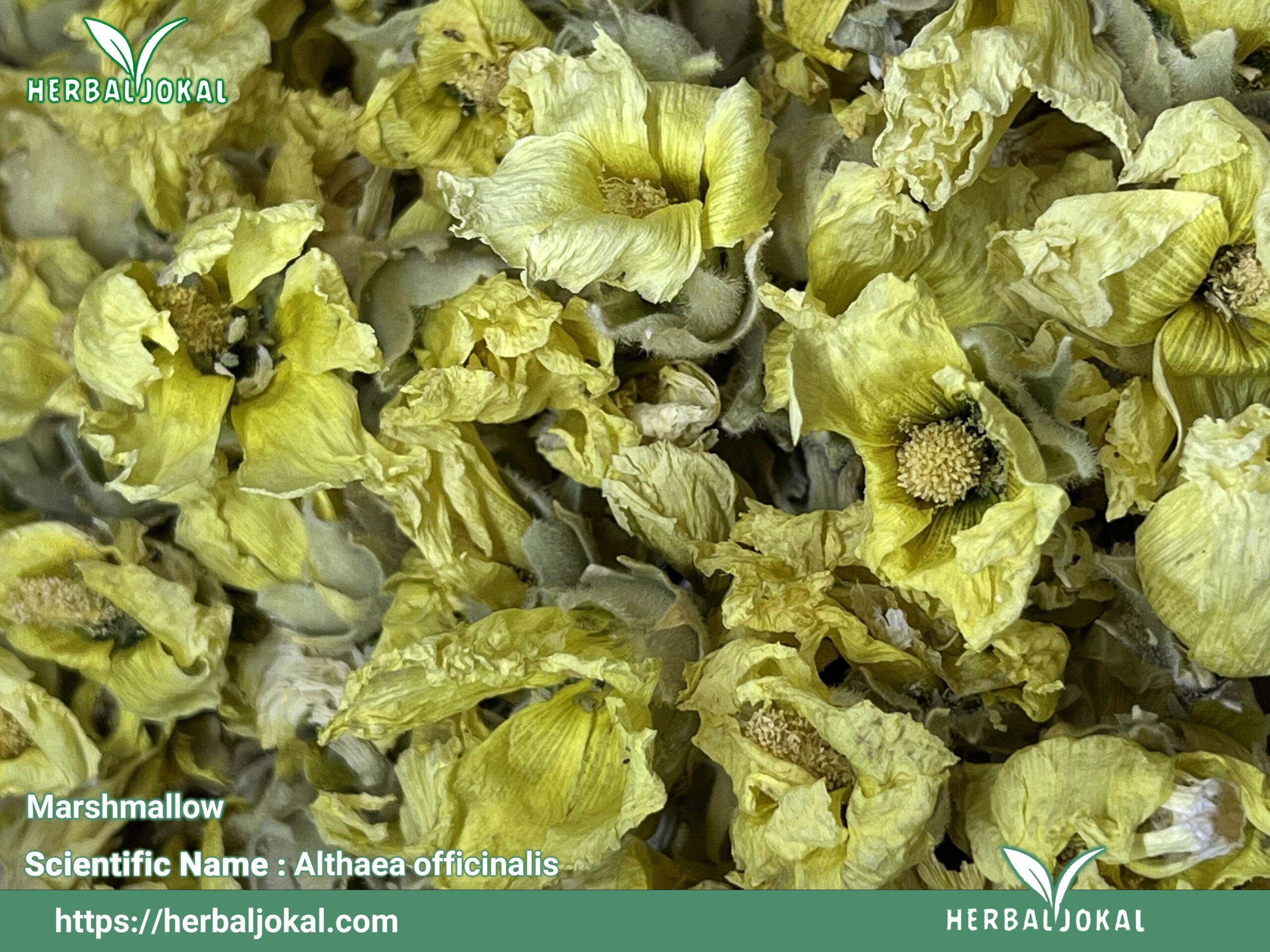Marshmallow
Scientific name: Althaea officinalis
English name: Hollyhocks
Diversity of medicinal plants in Iran
Iran is a country that has a lot of biological diversity and out of 13 known climates in the world, it owns 11 climates. According to botanists and researchers, the number of medicinal plant species in Iran is around 8000 species, which is at least twice as much as the European continent in terms of species diversity. Research has shown that more than 2300 species of plants have medicinal, aromatic, spice and cosmetic properties.
About 1728 species of these plants are native plants, they grow only in the land of Iran and are considered as an exclusive capacity in the country. The marshmallow root plant is one of these plants, and permanent marshmallow root planting is very common in Iran.
We plant and produce medicinal plants in our agricultural lands with unique conditions and excellent techniques and we are suppliers and we export them in bulk all over the world and our pride is that medicinal plants We offer high quality and low price to the buyer.
Advantages of bulk purchases from our company:
– Offices in Oman, USA, and Iran.
– US Bank account
– Product Packaging customization
– Quality Assurance, in compliance with industry standards
– Free product samples
– Mutiple shipment methods:
FOB, CFR, DAP, CIF.
Some medicinal properties of marshmallow root:
Some researchers consider the origin of the marshmallow plant to be in the Mediterranean region, while others report that Asia is the main home of marshmallow, and the history of marshmallow originates almost 3000 years ago as a natural medicine in ancient Egypt and Greece.
Marshmallow is a natural mucilage, meaning it acts like a soft fiber and swells on contact with water. This quality makes it form a coating around the membranes. The root contains flavonoid antioxidants, pectin (a type of fiber), amino acids such as asparagine and other compounds such as coumarin, phenolic acids, tannins and quercetin (antiviral and antibacterial substances). The antioxidants in the root prevent oxidative damage in the body and provide a host of wonderful benefits.
According to naturopath John Lust (the nephew of naturopathic pioneer Benedict Lust), “Althea’s particular excellence is in soothing irritated tissues.” He further praises the tea of leaf and flower as a superb gargle, and a cold infusion of the root to soothe the throat.
In a study, reported medicinal properties for marshmallow and other mallow species. It is well known that M. sylvestri can be used as an antiseptic for the respiratory tract, digestive tract and skin. This plant can be used topically to treat abscesses, bruises, burns, dermatitis, swelling, and various wounds.
It may help treat coughs and colds
The high mucilaginous content of marshmallow root may make it a useful remedy for treating coughs and colds.
A small study from 2005 found that an herbal cough syrup containing marshmallow root was effective in relieving coughs due to colds, bronchitis, or respiratory tract diseases with formation of mucus. The active ingredient of the syrup was dry ivy leaf extract. It also contained thyme and aniseed.
It may help with wound healing
Marshmallow root has antibacterial activity that may make it effective in wound healing.
The results of one 2015 animal studyTrusted Source suggest that marshmallow root extract has the potential to treat gram-positive bacteriaTrusted Source. These bacteria are responsible for over 50 percent of the infections that occur and include the antibiotic-resistant “super bugs.” When applied topically to rat wounds, the extract significantly increased wound healing in comparison to antibiotic controls.
It may act as a pain reliever
A study from 2014 cites research that marshmallow root can act as an analgesic to relieve pain. This may make marshmallow root an excellent choice for soothing conditions that cause pain or irritation such as sore throat or an abrasion.
It may work as a diuretic
Marshmallow root also has the potential to act as a diuretic. Diuretics help the body to flush out excess fluid. This helps to cleanse the kidneys and the bladder.
Other research suggests that the extract can support overall urinary health. One 2016 study suggests that the soothing effect of marshmallow can relieve internal irritation and inflammation in the urinary tract. Research from 2015Trusted Source also suggests that its antibacterial effect may be useful in treating urinary tract infections.
It may aid in digestion
Marshmallow root also has the potential to treat a wide range of digestive conditions, including constipation, heartburn, and intestinal colic.
Research from 2011 found that marshmallow flower extract demonstrated potential benefits in treating gastric ulcers in rats. Anti-ulcer activity was noted after taking the extract for one month.
It may help repair gut lining
Marshmallow root may help soothe irritation and inflammation in the digestive tract.
An in vitro study from 2010 found that aqueous extracts and polysaccharides from marshmallow root can be used to treat irritated mucous membranes. Research suggests that the mucilage content creates a protective layer of tissue on the lining of the digestive tract. Marshmallow root may also stimulate the cells that support tissue regeneration.
It may act as an antioxidant
Marshmallow root has antioxidant properties that may help protect the body from damage caused by free radicals.
Research from 2011 found marshmallow root extract to be comparable to standard antioxidants. Although it demonstrated strong total antioxidant activity, further research is needed to elaborate on these findings.
It may support heart health
Scientists are investigating the potential of marshmallow flower extract in treating various heart conditions.
A 2011 animal study examined the effects of liquid marshmallow flower extract in treating lipemia, platelet aggregation, and inflammation. These conditions are sometimes linked to cardiovascular disease. Researchers found that taking the flower extract for one month had a positive effect on HDL cholesterol levels, promoting heart health. More research is needed to expand on these findings.
Barriers to consumption
The use of this plant is prohibited for pregnant women and nursing mothers. On the other hand, diabetics are not allowed to consume marshmallows. The use of marshmallow may also be contraindicated in people who take certain medications. People who are going to have a surgery in the next two weeks are also not allowed to consume marshmallows in any form.
Sources:
https://www.ncbi.nlm.nih.gov/pmc/articles/PMC3586856/table/T1/?report=objectonly
https://www.ncbi.nlm.nih.gov/pmc/articles/PMC3586856/
https://en.wikipedia.org/wiki/Althaea_(plant)
https://www.healthline.com/health/food-nutrition/marshmallow-root
https://www.stylecraze.com/articles/benefits-of-marshmallow-root/
https://pezeshket.com/salamat_jesm/internal/general-internal/9-
https://plantura.garden/uk/flowers-perennials/hollyhocks/hollyhock-overview





Reviews
There are no reviews yet.